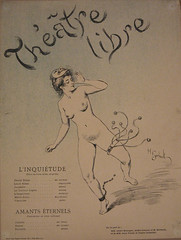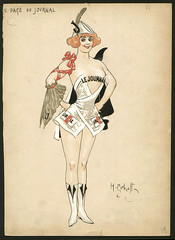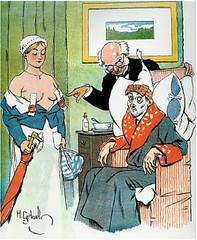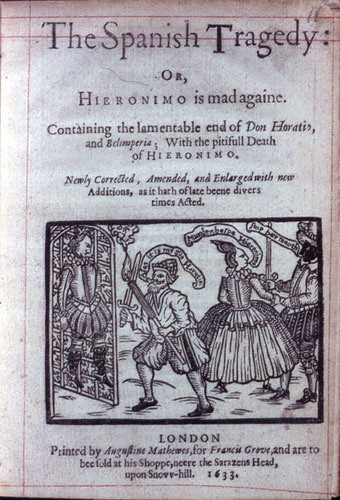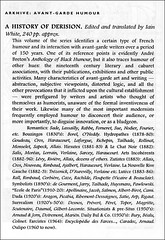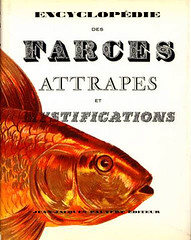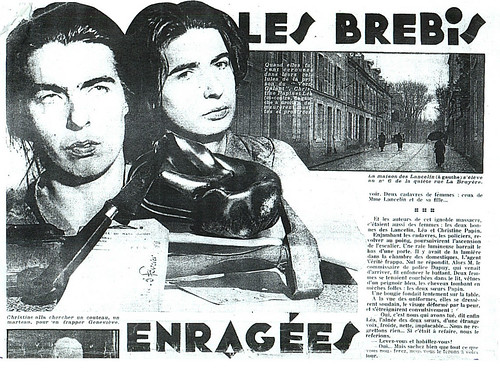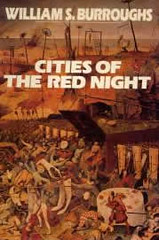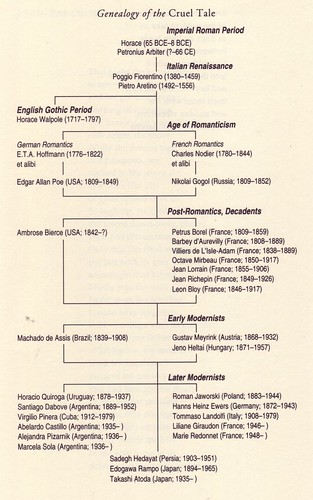Introducing Henri Gerbault
I’m just a jealous guy
Henry Gerbault (June 24, 1863– October 19 1930), also spelled Henri Gerbault was a French illustrator and poster artist. He was a student of Henri Gervex. He was the nephew of Sully Prudhomme.
Poster for the Théatre Libre
The Théâtre Libre (French, Free Theater) was a theater founded by André Antoine that operated from 1887 to 1896 in Paris, France. Théâtre Libre was also the name of a European theatrical movement which celebrated Naturalist theatre and defied theatre censorship by founding subscription-based theatres. In London there was the Independent Theatre Society, which debuted the plays of George Bernard Shaw; and Germany had the Freie Bühne. Henrik Ibsen‘s Ghosts was the landmark play for all of these theatres. —Sholem Stein
His œuvre was dedicated to humourist drawings and illustrations. He illustrated authors such as Félicien Champsaur, Charles Perrault and Marcel Prévost.
He worked for numerous illustrated journals of the Belle Époque: La Vie Parisienne, Le Journal amusant, Le Rire, L’Amour, where he was noted for his voluptuous women.


